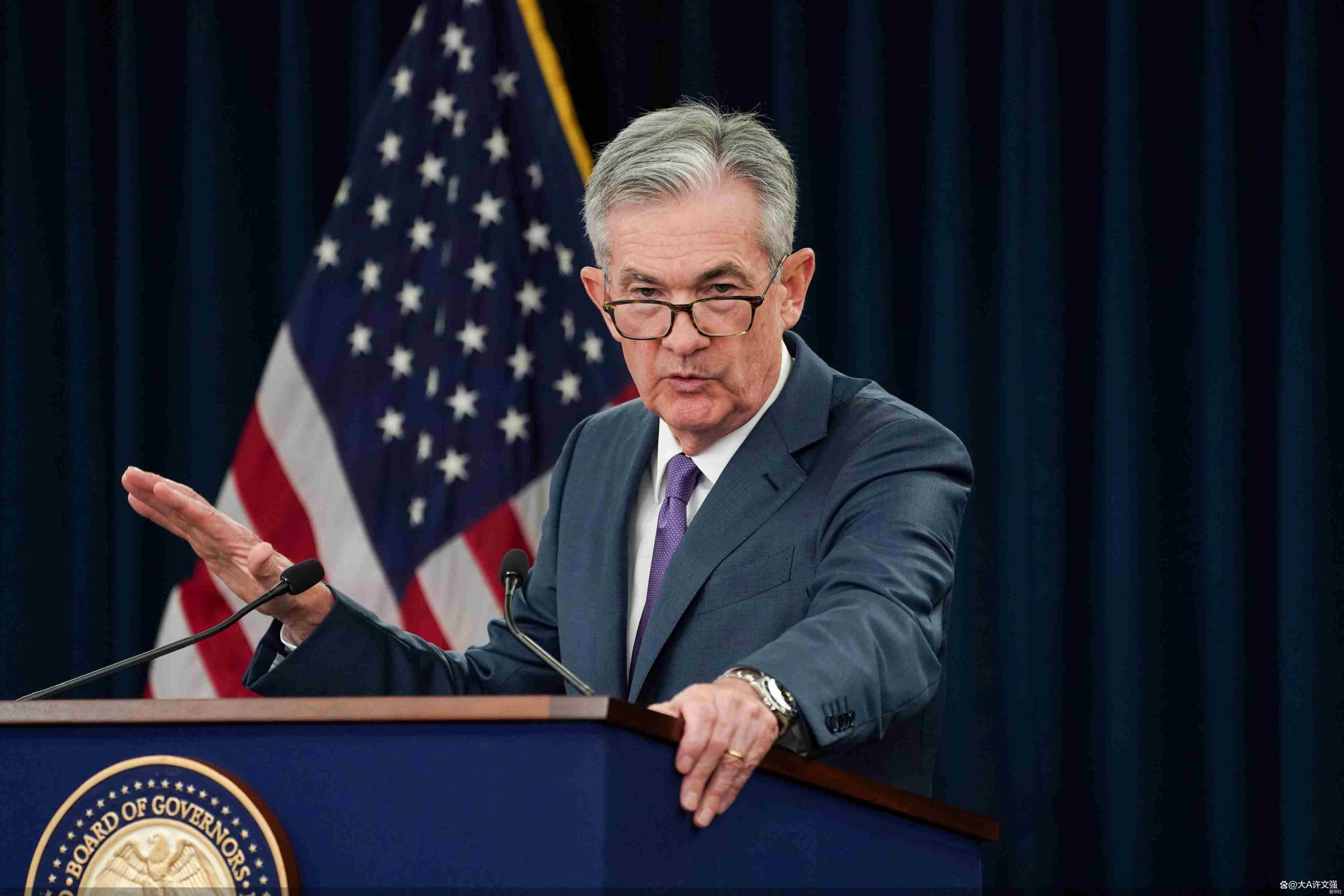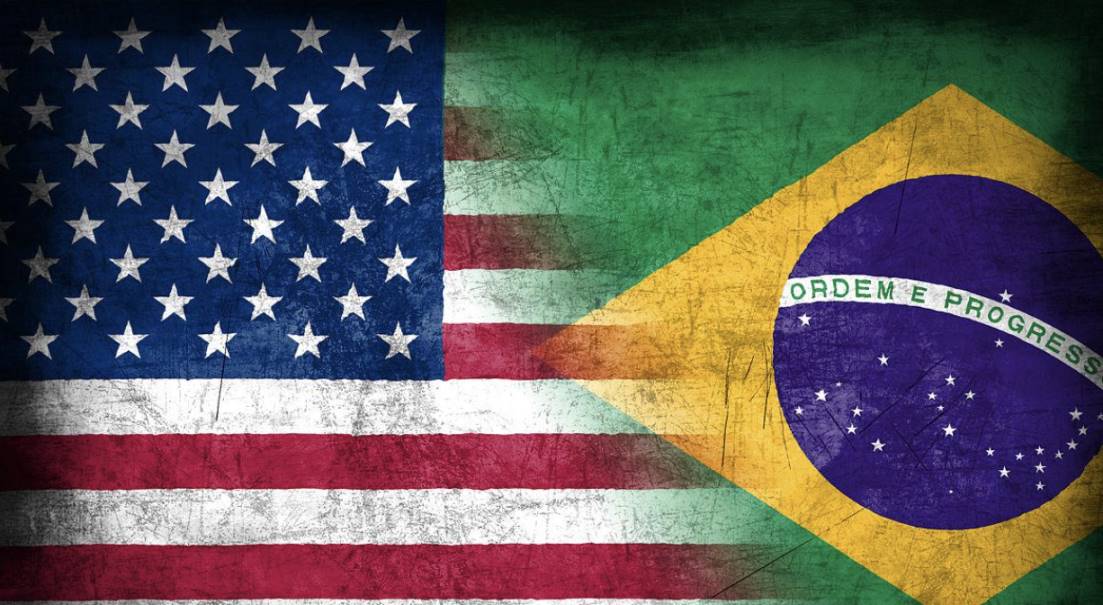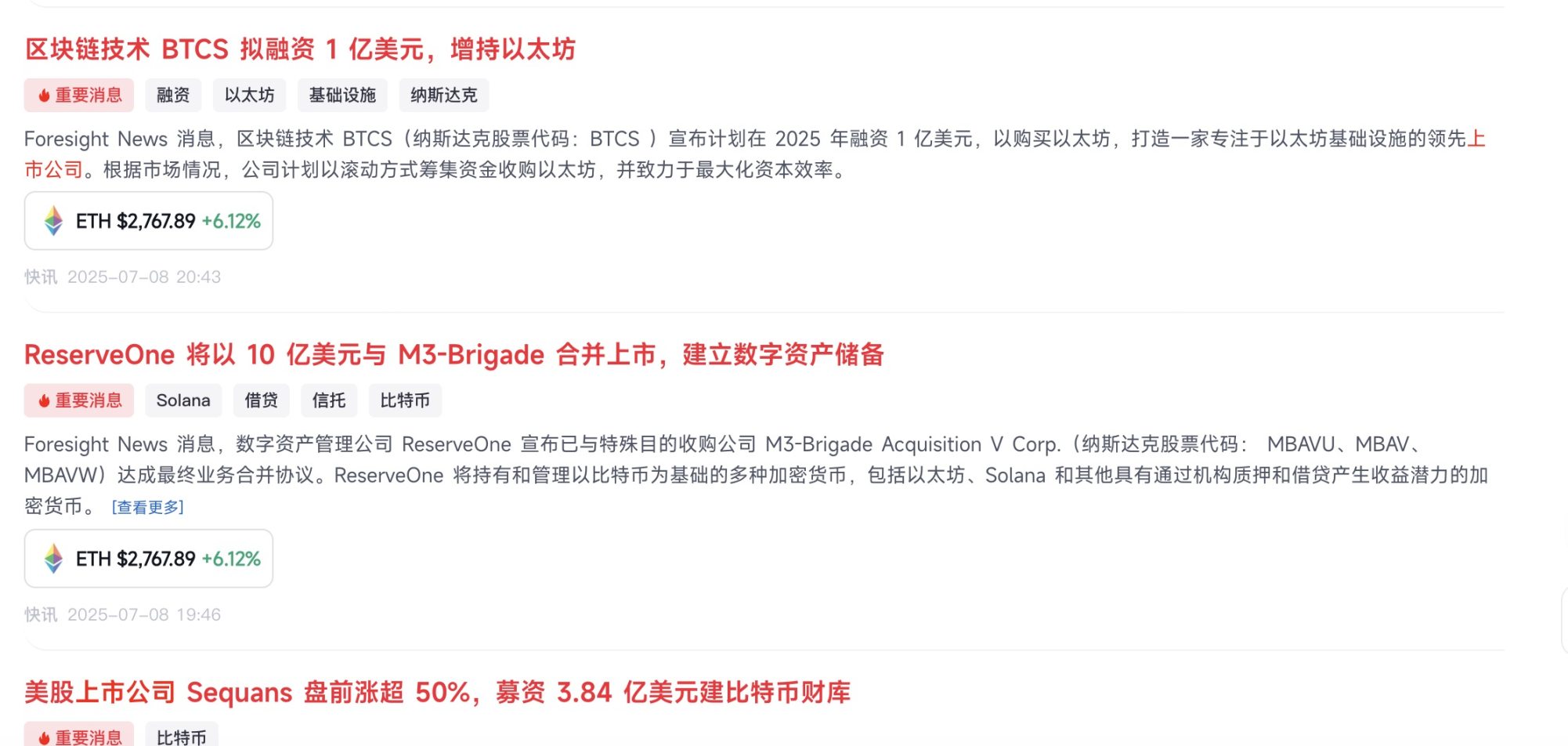Written by: Bright, Foresight News
On the morning of July 10, the cryptocurrency secondary market broke through upward after a long period of sideways movement. BTC first broke through the 112,000 mark, again setting a new historical high. Many Altcoins significantly rebounded. After BTC created its previous high on May 22, it has been adjusting and consolidating for nearly 7 weeks, with the lowest point touching $98,200, and the current new high is over 14.05% higher than the low point. Before the time of writing, Bitcoin rose and then fell, temporarily reporting at $111,299.
ETH performed relatively strongly, rising from the bottom of $2,111 to break through to $2,795, only $85 away from the high point of this round of rise, with an increase of over 32.4%. SOL may have been sold off by market funds due to the cooling of the on-chain meme market, rising from the low point of $121 to $158, with an increase of 30.57%, but still has nearly 20% space from the high point of $187.71 in this round of rise.
The total cryptocurrency market value rose by over 3.2%, breaking through $3.51 trillion. With the collective rise of Altcoins, Bitcoin's market dominance slightly decreased to 62.94%, the Altcoin season index recovered to 24, and the fear and greed index rose to 67, representing greed. During the same period, large technology stocks led the US stock market, with the Nasdaq index rising 0.94%, the Dow Jones Industrial Average rising 0.49%, and the S&P 500 rising 0.61%. Nvidia rose 1.8%, leading the tech seven giants.
Among US crypto stocks, Coinbase surged 5.36%, with stock prices breaking through to $373.85. MicroStrategy rose over 4.65%, closing at $415.41, firmly standing above the $400 mark. Circle opened high and fell back, closing down 2.02% at $200.68.
Regarding liquidation data, according to Coinglass, in the past 24 hours, over 109,100 people were liquidated, with a total liquidation amount of $511 million, short liquidations of $448 million, and long liquidations of $63.2 million, mainly short liquidations. The largest single liquidation on CEX was BTC-USDT on Huobi, valued at $51.56 million.
Nvidia Tops US Stock Highest Market Cap
On the evening of July 9, Nvidia's stock price broke through a new high, rising 2.52% intraday to $164 per share, with a total market value of $4 trillion. Nvidia completely refreshed Apple's global highest market cap record of $3.915 trillion at the end of 2024, becoming the first company with a market value of $4 trillion, already exceeding the total stock market value of countries like the UK, France, and Germany.
Since the low point in April this year, Nvidia's stock price has risen nearly 90%. In fact, since the financial report was released in late May, Nvidia's stock price has been steadily climbing.
The growth of global AI demand has always supported Nvidia's growth. At the Nvidia shareholders' meeting on June 25, Huang Renxun pointed out that the global demand for "sovereign AI" is growing, and Nvidia is at the beginning of a ten-year AI infrastructure construction wave. Huang said that Microsoft's AI model request volume in the past quarter has increased more than fivefold compared to the same period last year.

Citi recently released a report, raising Nvidia's data center sales for fiscal years 2027 and 2028 by 5% and 11% respectively, citing strong sovereign AI demand will bring more expansion opportunities for Nvidia. Citi also noted that the demand for sovereign AI (usually AI developed by national governments) is higher than expected, and the AI data center market size will reach $563 billion by 2028, higher than the previous estimate of $500 billion, which will benefit Nvidia, as the company is almost involved in all sovereign transactions.
Wedbush analyst Dan Ives also stated in a report to clients on July 3 that he expects Nvidia to break through $4 trillion in market value this summer, and may even challenge $5 trillion in the next 18 months.
However, Wall Street's famous short seller Jim Chanos still believes that the "entire ecosystem around the AI boom" reminds him of the internet bubble of the early 21st century. Chanos said: "It's a riskier source of revenue, and once the market retreats, companies are likely to reduce capital expenditures, and related projects will be shelved. If this happens, it will be immediately reflected in disappointing revenue and performance guidance."
Short-term Events Do Not Disturb the Rise
Last night, there were developments in tariffs, interest rate cuts, and other issues, but they did not hinder the further rise of risk assets.
On the evening of July 10, the Federal Reserve released the monetary policy meeting minutes. The "Fed's mouthpiece" Nick Timiraos said that Federal Reserve officials are divided into three main camps: first, those who recognize interest rate cuts this year but rule out July, with most officials supporting this camp; second, those who remain on hold throughout the year; and third, those who advocate immediate action at the next meeting.
The minutes showed that only "a few" participants supported the third camp, implying Fed governors Waller and Bowman, who have long supported immediate rate cuts.
Most Federal Reserve officials still believe that the overall US economy is stable, allowing them to be patient with rate adjustments. The minutes noted that policymakers believe economic growth is "robust" and unemployment is "low". The market also believes there is a 93.3% probability that the Federal Reserve will keep rates unchanged in July. Correspondingly, the probability of a 25 basis point rate cut is only 6.7%.

US President Trump issued a second wave of tariff letters for reciprocal tariff levels last night, covering Brazil, Brunei, Algeria, Moldova, Iraq, Philippines, Libya, and Sri Lanka, with tariffs on Brazil reaching the highest level since the announcement of new reciprocal tariffs - 50%.
However, some analysts point out that unlike the 21 other countries that received tariff letters, Brazil did not have a trade deficit with the US last year, and the US recorded a trade surplus of $6.8 billion with Brazil last year. The act of raising tariffs on Brazil is actually Trump using tariff threats to try to change another country's internal political decisions.
Previously, Trump said on his social platform Truth Social that the 50% new tariffs were partly due to Brazil's prosecution of its former president Bolsonaro, calling on the Brazilian government to withdraw the charges of attempted coup against him, saying the trial "should not proceed. This is political persecution and should end immediately."

Speculative Sentiment is High, Hoarding Coins is Ongoing
Currently, listed companies in the US, UK, Europe, and Japan are no longer satisfied with merely establishing "BTC strategic reserves" but have begun to view BTC hoarding as an arms race, continuously raising funds to buy more BTC, with many financing amounts exceeding $100 million.

Among them, NYSE-listed Genius Group is a typical example of "tasting the sweetness". Genius Group announced that it has increased its original Bitcoin treasury reserve target of 1,000 BTC tenfold, planning to purchase 10,000 BTC within 12-24 months. Between May 22, 2025, and July 4, 2025, the company has achieved a 74% BTC return.
Data shows that from July 1 to July 7, the total net inflow of BTC configuration by global listed companies (excluding mining companies) was as high as $275 million, a pace that is comparable to the net inflow of BTC ETF, and no company has clearly stated selling BTC for now.
It can be said that Nvidia's collaborative breakthrough to a new high, becoming the first global company worth $4 trillion, has greatly stimulated speculative enthusiasm in the risk market and driven BTC's rapid breakthrough early today. At the current stage, the main buying power of BTC has been concentrated among asset management institutions and listed companies, and the demand from traditional financial instruments such as ETFs has significantly reshaped the Bitcoin market landscape. Therefore, BTC's close correlation with tech stocks favored by institutions is essentially because Wall Street has become the dominant operator behind BTC.








